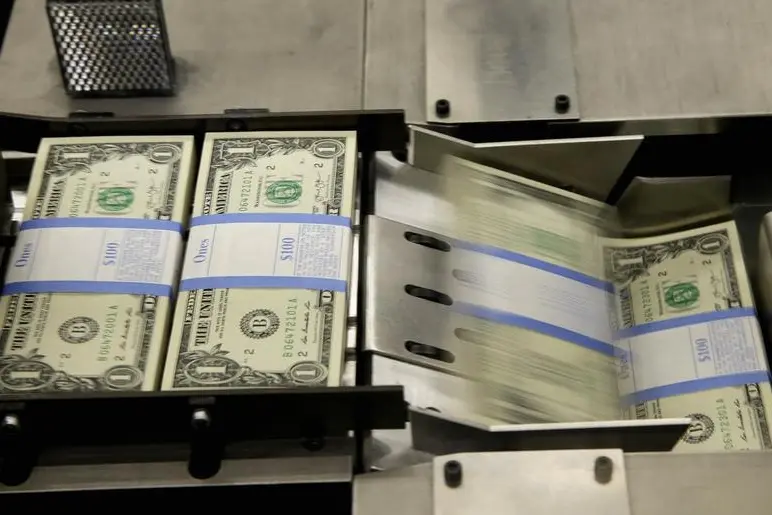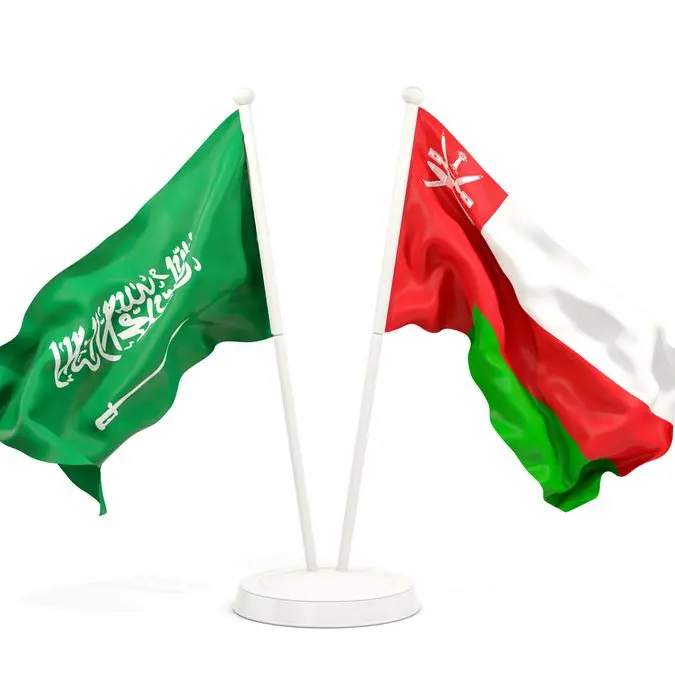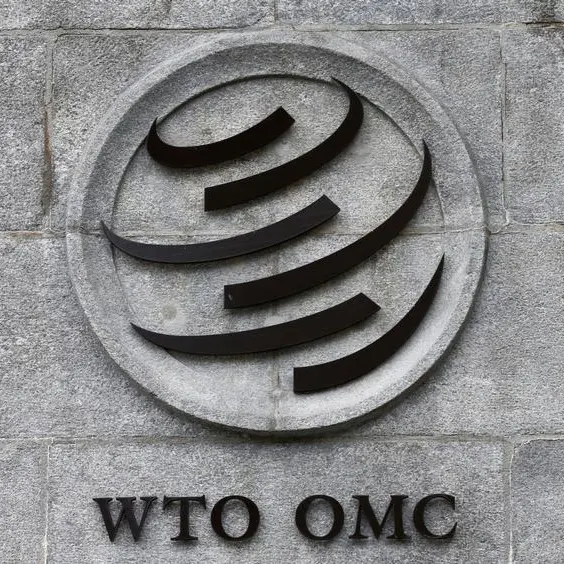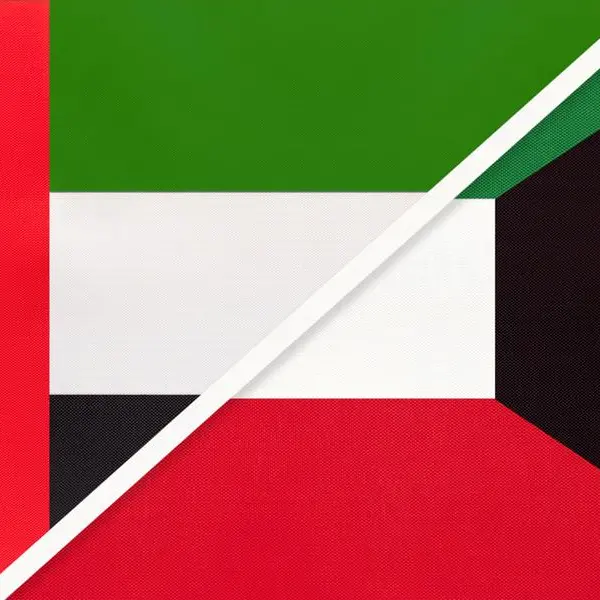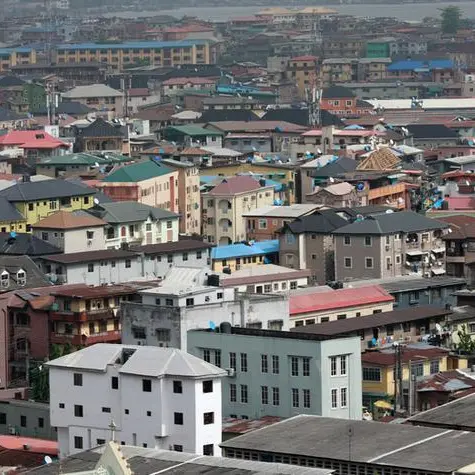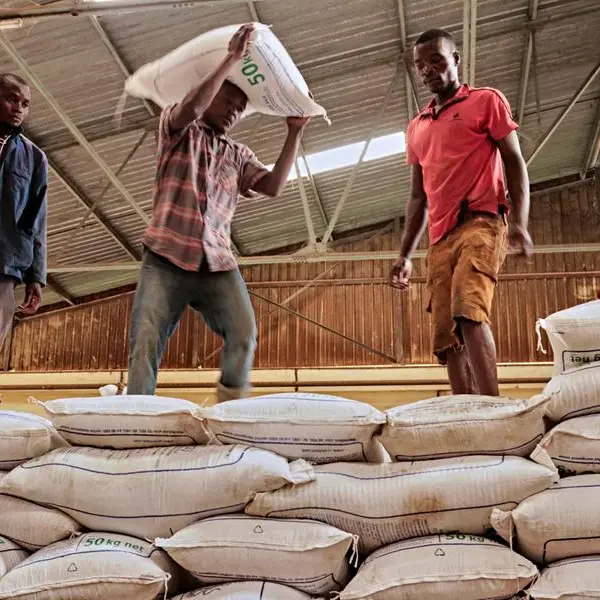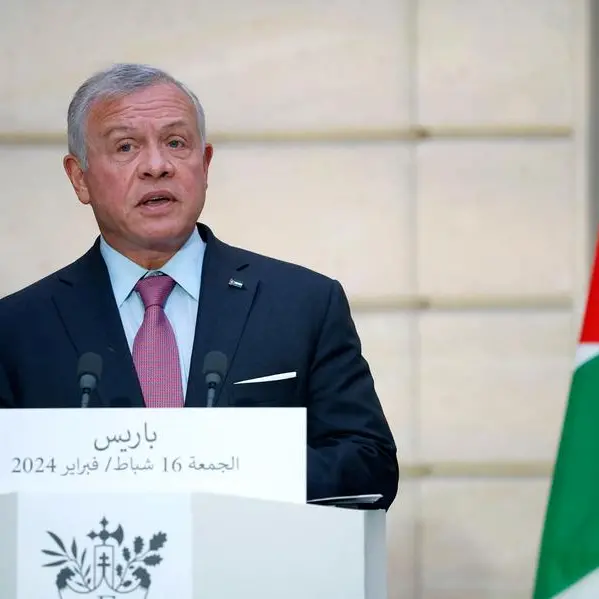PHOTO
The number of millionaires in the Middle East increased by nearly 100,000 to approximately 0.7 million last year while their wealth increased by over 4 per cent to $2.5 trillion (Dh9.175 trillion) in 2017 as compared to $2.4 trillion (Dh8.8 trillion) in the previous year.
Data from the World Wealth Report released by Capgemini revealed that the population of millionaires in the region remained unchanged at 0.6 million during the three years from 2014 to 2016 but their wealth increased from $2.3 trillion in 2013 to $2.4 trillion in 2016.
According to New World Wealth's report released recently, the UAE attracted more than 5,000 millionaires in 2017 - mainly from India, Turkey, Saudi Arabia and Nigeria who made the emirate their second home. It also found that Dubai was among the world's top 14 - and only one from the GCC - cities where more than 1,000 millionaires migrated to last year.
The Capgemini report revealed that globally, high net worth individual (HNWI) wealth surpassed the $70 trillion mark for the first time in 2017, achieving 10.6 per cent growth year on year, and registering a sixth consecutive year of gains. The number of millionaires worldwide increased from 16.5 million in 2016 to 18.1 million last year.
It is predicted that HNWI wealth remains on course to reach $199 trillion by 2025.
"Hitting such a landmark requires primary growth driver Asia-Pacific to continue its momentum with 8.7 per cent annual growth through 2025. In this scenario, North America and Europe would need to grow at an annual rate of 3.3 per cent and 2.9 per cent, respectively," said Anirban Bose, head of financial services global strategic business unit, Capgemini,
Last year, Asia-Pacific had the highest number of millionaires at 6.2 million followed by North America, Europe, Middle East, Latin America and Africa. In terms of wealth, Asia-Pacific again leads with $21.6 trillion in wealth held by HNWIs followed by North America, Europe, Latin America, Middle East and Africa.
The study revealed that most of the investments by millionaires were in equities, followed by cash, cash equivalents and real estate.
"Younger HNWIs - under the age of 40 - claim to have achieved much higher investment performance than their older counterparts - 37.9 per cent versus 16.9 per cent, possibly because of the need to focus on wealth creation at this early stage of their lives, compared with the higher focus toward wealth preservation of those HNWIs aged 60 and above," the report said.
It said enthusiasm among HNWIs for investment in cryptocurrencies gained momentum last year and investments peaked in January with an all-time high market cap that reached nearly $850 billion.
Copyright © 2018 Khaleej Times. All Rights Reserved. Provided by SyndiGate Media Inc. (Syndigate.info).
